GO Markets
让交易更进一步
智慧交易,从选择值得信赖的全球券商开始。低点差、快速成交、零入金手续费、功能强大的交易平台,以及屡获殊荣的客户支持,让您的交易更进一步。


全球交易者共同的选择
自 2006 年起,GO Markets 已帮助全球数十万交易者实现他们的投资目标。凭借严格监管、以客户为本的服务,以及屡获殊荣的教育资源,我们始终是交易者值得信赖的合作伙伴。
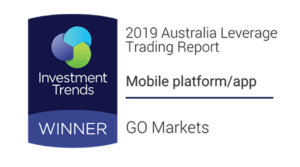
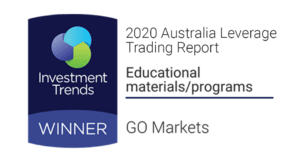
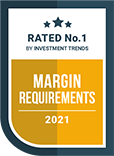
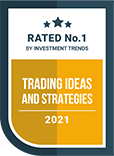




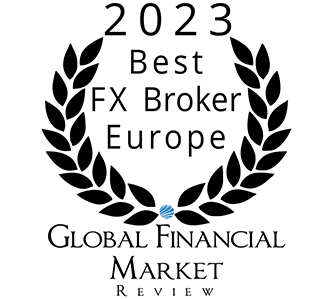













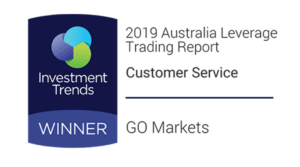
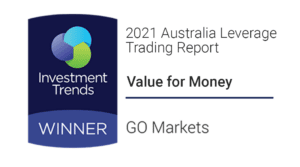
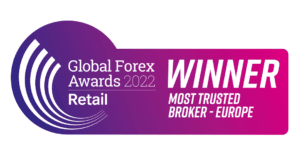
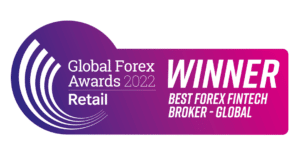
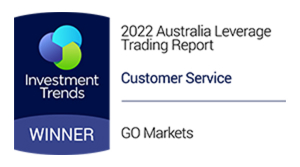
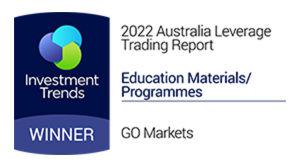
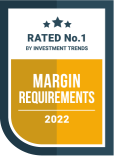


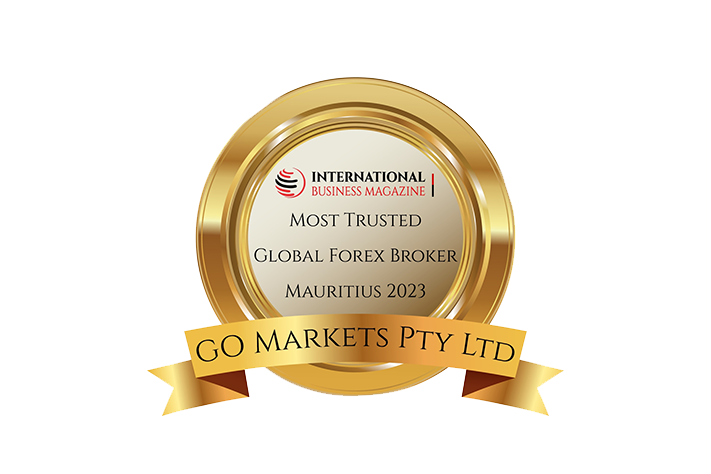




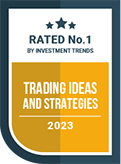
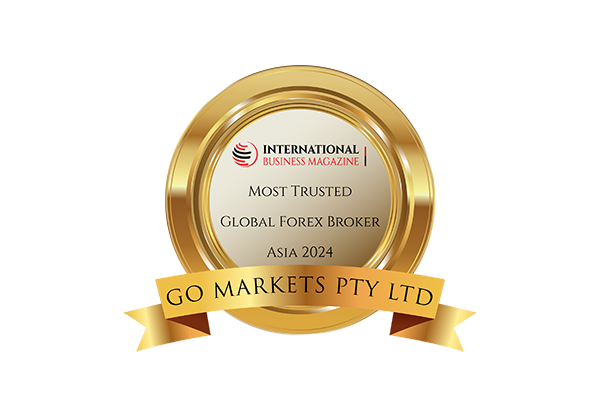


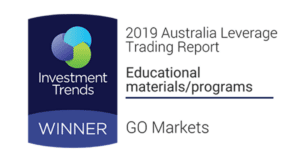
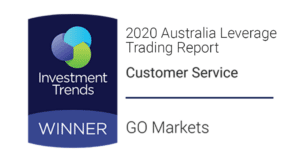
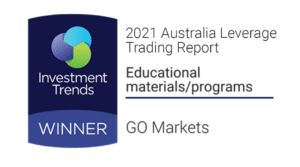

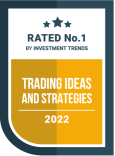

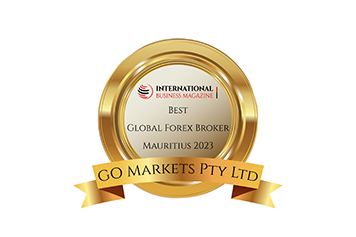



GO Markets
让交易更进一步
探索上千种交易机会,享受专业机构水准的交易工具、流畅稳定的交易体验,以及屡获殊荣的客户支持。开户流程简单快捷,让您轻松开启交易之旅。
%20(1)%20(1).jpg)
President Trump and President Xi have scheduled talks for later this week in South Korea, marking their first face-to-face meeting since Trump's return to office. After two weeks of heightened tension, a preliminary framework was established that effectively takes the threatened 100% tariffs off the table.
Treasury Secretary Scott Bessent characterised the framework agreement as being "very successful." This diplomatic progress has created some optimism across markets that the world's two largest economies can avoid the deeper trade conflict that was threatening to destabilise supply chains and accelerate inflation.
Copper Tests Key Resistance
Following a dramatic Q3 that saw prices surge to a record high of $5.81 in July, before plummeting to $4.37 by early August, copper has been steadily recovering as supply fundamentals reassert themselves.
Since breaking through $5.00 in early October, prices have continued to gain strength, rising to $5.11 on October 9. Today's gap higher on trade talk optimism pushed prices back to this key technical level that has proven resistant since March.
A confirmed breakout above $5.24 could open the door to $5.50 and potentially higher, making copper worth watching closely this week as both supply constraints and improving US-China trade relations provide potential tailwinds.
Fed Rate Decision This Week
The Federal Reserve will meet this Wednesday for the October 28-29 policy meeting, with a quarter-point rate cut seemingly fully priced in by markets. Market pricing indicates a 100% probability of an October cut and an 88% chance of another reduction in December.
The key moment will come after the meeting during Fed Chair Powell's press conference — particularly on what he has to say about future rate policy and how the Fed views the balance of risks between inflation and employment.
Market Insights
Watch the latest video from Mike Smith for the week ahead in markets.
Key economic events
Stay up to date with the key economic events for the week.

.jpg)
相信你一定被最近网络上关于中国调整美国大豆采购的新闻所吸引过。有人认为,中国在大豆问题上通过贸易策略掌握了主动权;也有人觉得,美国作为全球经济强国,其产业体系足够分散,不会因单一农产品受到太大影响。而今年中国减少美国大豆采购以来,巴西的出口迅速增长,也引起了市场的关注。究竟为何中美之间会因为一颗小小的豆子而牵动如此复杂的局面?时间要拨回到20多年前。
我们知道,在农产品中,大豆具有较高的经济价值,不仅是粮食作物,同时也是榨油及饲料的重要原材料。约25年前,中国加入世界贸易组织,美国在农产品开放方面提出了一系列条件,其中就包括大豆进口市场的放开。对中国而言,加入世贸组织带来了巨大的机遇与市场,因此贸易开放是当时的重要战略选择。但也正因为如此,中国农业市场随后经历了一段价格波动与结构调整期。
随着市场开放,美国企业通过期货市场的价格操作与市场预期传播,推高了大豆价格,导致部分油企在高价采购后因价格下跌而承受损失。部分中小企业因此面临经营压力,而外资企业趁机进入市场,收购优质农业资产。这一系列市场行为使中国认识到提升自主调控能力的重要性。此后,中国在粮食储备和战略布局上逐步完善体系,以应对全球市场的波动。
在此背景下,中国积极寻求第三方大豆供应来源,包括推动南美国家在港口、运输及农业技术等方面的合作与建设。这种合作不仅带动了当地经济发展,也为中国建立了更加稳定的进口渠道。今年南美地区气候良好,巴西大豆产量充足,两国之间的贸易往来更加频繁。
另一方面,美国大豆产业并未因此陷入长期困境。约有10%左右的农户使用期货工具对冲价格风险,约八到九成生产商则通过农业保险保障收益。由于期货市场的杠杆较高、风险较大,多数农户更倾向于稳妥的方式,并享受联邦层面的政策支持。保险公司则利用期货市场的空头头寸来进行风险管理。
总体来看,中国通过长期储备、供应链多元化以及金融风险管理手段,在国际农产品市场中增强了稳定性与抗风险能力。美国农业则凭借成熟的金融体系与保险机制维持了生产韧性。未来,中美在农产品领域的竞争与合作仍将并存,而大豆贸易正是这一全球化博弈的缩影。
免责声明:GO Markets 分析师或外部发言人提供的信息基于其独立分析或个人经验。所表达的观点或交易风格仅代表其个人;并不代表 GO Markets 的观点或立场。
联系方式:
墨尔本 03 8658 0603
悉尼 02 9188 0418
中国地区(中文) 400 120 8537
中国地区(英文) +248 4 671 903

You have just identified a breakout above $50 resistance that historically wins 65% of the time — with a degree of confidence, you decide to take the trade.
Minutes later, the market starts to stall. Volume fades, price begins to hesitate, and eventually, your stop loss is hit, leaving you to wonder why your “65% setup” didn’t work.
The root cause of what happened is not your setup, but rather the fact that you assume that the probability of a specific trade outcome stays constant after entry.
This assumption locks you into a “static probability trap.”
There is a tendency to treat probability as frozen in time after entering a trade, when in practice it shifts continuously throughout the life of a trade as new evidence enters the market.
Even if this new evidence may not be particularly dramatic, it can still have profound implications for the likelihood of a continuation of current sentiment and price action.
Unconditional Probability: Your Pre-trade State.
What you can rely on as part of your pre-entry decision-making is unconditional probability.
This is your measured historical performance of a setup under similar conditions. It is your expected win rate and previous evidence of hitting a take-profit level.
The pre-trade belief that “This pattern works 60% of the time” is a backward-looking statement, and although based on some evidence, it shapes your belief about how this type of setup behaves on average.
However, as soon as you enter, the truth is that you are no longer dealing with a statistical average, but with this specific trade, unfolding before your eyes in this market environment, right now.
Conditional Probability: After You Enter
Once in the trade, your question becomes “Given what’s happening now with current price movement, volume, time, and volatility, what’s the probability of success?”
This live review of your pre-trade expectation is the conditional probability — your new probability estimate conditioned on the actual market response that is unfolding.
Each new candle, volume shift, or volatility change is new information, irrespective of the underlying cause, and information changes probability.
You are looking to see if:
- Trading volume is confirming or rejecting your entry expectations.
- If “time in the trade” supports further price moves in your favour or decay in market enthusiasm, evidenced in a drop in momentum.
- There are volatility changes that may be indicative of market sentiment accelerating or rejecting the initial move.
This is all about you recognising that some of these changes may result in adverse price moves. Having timely interventions that aim to protect capital and not donate much of your profit back to the market.
Emotional Resistance to Conditional Probability Thinking
As with many trading situations, there is a psychological component of decision-making that can get in the way.
Emotional “demons” that may influence this may briefly include the following:
- Anchoring: “I have done my analysis — it should work.”
- Sunk-Cost Bias: “I’m already in, I might as well wait and see what happens next.”
- Ego: Some may view that exiting means admitting they were wrong.
- Lack of knowledge: “I don’t know how to update probabilities or take appropriate actions.”
- FOMO (fear of missing out): “What if I exit and then runs in my favour?”
These biases keep traders fixed at entry from mental, emotional, and statistical perspectives.
Updating Probability in Real Time
When you boil it all down into absolute core principles, three critical factors dominate the “in the trade” probability landscape after trade entry.
1. Trading Volume — Conviction or Rejection
Volume is the purest signal of conviction. It shows the strength behind the move and how much belief the market has in your trade direction.
- High volume in your direction = strong confirmation; probability rises.
- Fading or below-average volume = weak conviction; probability erodes.
- High volume against you = rejection; probability collapses.
You can think of volume as your real-time market feedback gauge. It is the purest real-time evidence, in combination with price, of what other traders are thinking.
When price and volume disagree, this is a signal that the odds may (or already have) changed.
2. Time Elapsed — Pattern Decay
Every trade setup has a shelf life. A breakout that has not moved after a few candles can become statistically weaker than one that fired almost immediately.
The potential scenarios are:
- Quick follow-through: expected behaviour; your entry probability is likely to be intact.
- Extended stagnation: increasing probability decay due to trades losing confidence in the trade direction
- Delayed reversal: final evidence of pattern failure.
Each candle that passes without confirmation can be viewed as a ‘vote’ against your trade from the market.
This dissuades further trading interest in your desired direction, as opposed to when a market is enthused and buying seems to create ever-increasing interest as those who are fearful of missing out jump on board.
3. Volatility Regime — The Environment Shift
Volatility defines your market environment, and this environment can change fast.
- Volatility expansion in your favour confirms momentum; the probability of desirable and expected outcomes increases.
- Volatility expansion against you suggests a potential structural shift in the market, resulting in a fast drop in probability.
- Volatility contraction suggests market consolidation or exhaustion. This may be seen as a flattening of price action and a move from strongly directional to a more neutral price move.
Volatility regime shifts are a potential market indication that “the game when you entered is no longer the same.”
Putting It All into Practice: Your End-of-Candle Review
Managing conditional probability doesn’t mean reacting to every tick. It is formalising a systemised reassessment at defined intervals, often doing an “End-of-Candle Review”, on your chosen trading timeframe as a start point.
At the close of each bar on your trading timeframe, you need to pause and ask the following key questions:
- Has price behaved as expected?
- Yes → maintain or increase confidence.
- No → reduce exposure or prepare to exit.
- Is volume confirming or fading?
- Rising with direction → edge intact.
- Falling or reversing → edge weakening.
- Is volatility expanding or contracting?
- Expanding in your favour → stay the course.
- Contracting or reversing → reassess.
- Has too much time passed without progress?
- Yes → probability decay in play; consider exiting or scaling out.
- What’s the appropriate action?
- Hold, reduce, tighten, or exit — but always act in alignment with the evidence.
This simple routine keeps your decision-making informed by data, adaptable to market change, and unemotional.
None of the above is particularly ‘rocket science,’ but as with most things in your trading, it will require some work at the front end.
Measure the “what if” scenario against previous trades and comparatively measure your old way versus your new system over time to allow for confirmation of this as an approach, but also to allow refinement based on evidence.
Final thoughts
The probability of a trading outcome in a single trade is never static. It evolves with every candle, every shift in volume, and every minute of market time as new information is released.
It does require a mindset shift. As traders, we need to move from the standard “It’s a 65% setup, so I’ll hold.” To an approach that adopts the approach of “It was a 65% setup on entry, but what is the market evidence suggesting now?”
You are reacting to evolving information, and effective probability management becomes something beyond having one good trade (or avoiding a bad one) that compounds small improvement over hundreds of trades into measurable performance.

